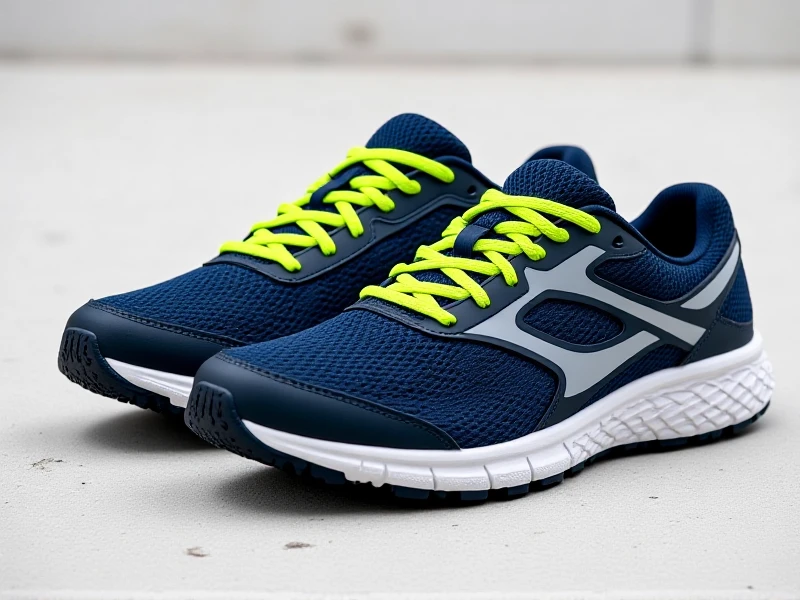
Essential Guide to Choosing the Perfect Running Shoes for Your Runs
When it comes to hitting the pavement or trails, the right pair of running shoes can transform your workout from a chore into a joy. As a runner, you know that poor footwear often leads to blisters, shin splints, or worse, sidelining injuries. That's why investing in high-quality running shoes tailored to your needs is crucial for staying pain-free and achieving your fitness goals. In this guide, we'll dive into practical tips for selecting the best running shoes, covering types, features, and care to ensure every stride feels effortless.
First, understand the main categories of running shoes to match your running style. Neutral shoes are ideal if you have a natural arch and balanced gait—they offer cushioning without extra support. For overpronators (where feet roll inward), stability shoes come with reinforced midsoles to prevent excessive motion. Trail running shoes feature rugged soles for off-road adventures, enhancing grip on uneven terrain. Next, focus on fitting your running shoes properly. Always try them on later in the day when feet are slightly swollen, and aim for a thumb's width of space at the toe box. Your usual shoe size might not cut it—specialty stores often provide gait analysis to recommend sizes based on your foot's shape and stride. Key elements to consider include midsole cushioning (like EVA or gel for shock absorption), breathable uppers to keep feet cool, and lightweight construction to boost speed without sacrificing support.
Proper running shoes deliver immense benefits: they redistribute impact forces, reducing joint stress, and can help you run faster and longer with less fatigue. Look for options that blend durability with innovations, such as energy-return technologies in models from Adidas or Brooks. For maintenance, rotate between two pairs to extend their lifespan by allowing materials to decompress between outings. Clean them gently with a damp cloth after muddy runs and avoid machine drying to preserve cushioning integrity. Lastly, stay aware of trends like sustainable running shoes made from recycled materials or minimalist designs for a natural feel—but remember, comfort trumps fashion every time. Replacing your running shoes every 300-500 miles ensures continued protection as cushioning wears down.
By following these steps, you'll find running shoes that feel like an extension of your feet. Visit a local running store for professional advice or try out top-rated models online. Happy running, and may your next run be your best yet—all thanks to the perfect pair!